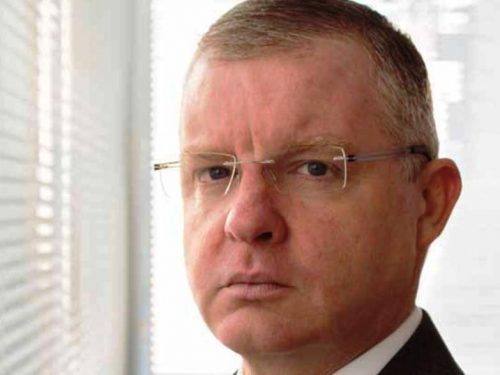Record profits for Secure Trust Bank

Solihull-based banking group, Secure Trust Bank, has announced record profits, boosted by the sale last year of one of its operations.
Group profit after tax for the year to December 31, 2016 was £137.5m. This included profit on disposal of the Everyday Loans Group, which it disposed of in the first half of last year.
The bank, which announced on Monday that it was moving into the Mortgages market, said it had traded strongly throughout the year, generating underlying pre-tax profit – which excludes the profit on the ELG disposal – of £32.9m, up 23% higher on 2015.
The year was also marked by the group’s move to a Premium Listing on the Main Market of the London Stock Exchange, which was completed in the second half of the year.
The bank said the record profit has further strengthened its balance sheet and capital ratios, and provided a solid foundation on which to build future growth despite the evolving economic environment.
The financial highlights show total profit after tax of £137.5m (2015: £28.7m), a rise of 379%, while the total underlying pre-tax profit was £32.9m (2015: £26.7m), up 23%, while statutory pre-tax profit was £25.0m (2015: £24.8m), up 1%.
Operating income was £118.2m (2015: £92.1m), a rise of 28% and the gain on the disposal of ELG was confirmed at £116.8m.
Basic earnings per share was 754.1p (2015: 157.8p), up 378% and the group has proposed a final dividend of 58p per share payable in May 2017.
Paul Lynam, chief executive, said: “This has been a year of tremendous progress for Secure Trust Bank. We have repositioned the activities of the group, almost doubled our capital base, increased our customer numbers by 42%, and delivered excellent levels of customer satisfaction.
“Having generated total shareholder returns of 247%, including dividends, in the five years since our AIM flotation in late 2011, we are in a strong position to pursue our strategic priorities, as we develop our existing businesses, diversify into new areas and remain open to potential M&A activities.”






